
18 Mar The Surprising Truth Behind How Easter’s Date is Decided Around the World
Easter, deeply embedded in the Christian tradition, stands out as a pivotal celebration that honors the resurrection of Jesus Christ from the dead. This event is considered by many believers to be the cornerstone of their faith, symbolizing hope, renewal, and triumph over death.
Unlike fixed-date holidays such as Christmas on December 25th or Independence Day on July 4th in the United States, Easter’s date exhibits a unique characteristic: it fluctuates each year. What renders Easter so distinctive among an array of global celebrations isn’t just its profound religious significance but also its dynamic place on our calendars. The reason behind this moving date piques curiosity and leads to fascinating discussions about historical traditions merging with astronomical phenomena.
The determination of Easter’s date hinges on a combination of factors rooted in ancient history and celestial events. Primarily governed by ecclesiastical rules rather than civil ones, these calculations involve both lunar cycles and solar alignments—reflecting humanity’s deep connection with nature’s rhythms since time immemorial. To demystify how Easter Sunday is pinpointed annually requires delving into ecclesiastical full moon dates which follow not actual astronomical observations but rather an agreed-upon ecclesiastical calendar system.
According to this method adopted at the First Council of Nicaea in AD 325—a significant assembly that aimed at achieving consensus across Christendom regarding various issues including when to celebrate Easter—it was decreed that Easter would fall on the first Sunday after the Paschal Full Moon (the first full moon occurring either on or soonest after March 21st).
This blend of astronomy with theological considerations creates a captivating tapestry where science and spirituality converge. As such, depending upon yearly shifts within Gregorian calendar intricacies combined with lunar phases’ unpredictability vis-à-vis solar days creates variation ranging anywhere between March 22nd and April 25th for Western Christianity practices adhering to said calendrical systems; Eastern Orthodox Christianity follows Julian Calendar reckonings leading occasionally even wider discrepancies between Easters celebrated across different denominations.
Understanding how Easter’s timing gets decided unveils layers encompassing rich cultural heritage interwoven through millennia-spanning dialogues among clerics astronomers theologian enriching thereby our appreciation for this holiday transcending mere acknowledgment of its occurrence celebrating instead of profound narratives human endeavor intertwine cosmic order sanctified remembrance foundational story offering redemption new beginnings entire mankind
Table of Contents
Find Out When Easter Falls!
Select a year to discover the Easter Sunday date.
Did you know? Easter is the first Sunday after the first full moon on or after March 21st!
Do you know the Concept and Formula behind determining Easter’s date?
While the concept behind determining Easter’s date is similar around the world, there’s a slight twist for Eastern Christianity. Here’s how it works:
General Rule for Easter’s date?
Easter Sunday, a cornerstone of the Christian calendar, commemorates the resurrection of Jesus Christ. Its date isn’t fixed on the Gregorian calendar; instead, it follows a lunisolar system which makes its determination quite unique and fascinating. The rule for determining Easter’s timing hinges on celestial movements—specifically the phases of the moon—and an equinox. The starting point in this intricate calculation is March 21st, often associated with the vernal equinox. This date is significant as it traditionally marks when day and night are approximately equal in length; symbolically representing balance and renewal in many cultures.
However, for establishing Easter’s date, March 21st serves more as a marker from which to track lunar phases rather than being tied directly to astronomical equinox observations. Following this marker, attention turns skyward to identify the first full moon that appears. This particular full moon holds special significance and is known as the “Paschal Moon.” The term “Paschal,” is derived from Pascha, an ancient Aramaic word meaning Passover—a nod to Easter’s roots intertwined with Jewish traditions where Passover also centers around lunar cycles. Now comes into play another layer: waiting for Sunday—the day specifically chosen by early Christians because it was believed Jesus rose from the dead on a Sunday morning—thus imbuing Sundays with deep religious importance beyond their weekly occurrence.
Therefore, Easter is celebrated on the first Sunday following this designated Paschal Moon that occurs after March 21st. Due to these dependencies—on both solar positions (the equinox) and lunar timings (full moons)—Easter can fall anywhere between March 22nd and April 25th within any given year. This method not only intertwines natural phenomena with profound spiritual significance but also highlights Christianity’s adaptation over time through the amalgamation of pre-existing pagan customs into its rituals—an exemplar fusion signifying rebirth not just spiritually but seasonally as spring unfolds across many parts of Earth during this period.
Calculations of Easter’s date?
The concept of the Paschal Full Moon plays a pivotal role in determining the date of Easter, which is one of the most significant celebrations in Christianity. This determination hinges on intricate mathematical calculations rooted deeply in astronomical observations and historical conventions. Central to this process is the Metonic cycle, named after the ancient Greek astronomer Meton of Athens who discovered it around 432 BC.
The Metonic cycle spans 19 years, a period within which lunar months almost perfectly align with solar years. The importance of this cycle arises from its ability to reconcile two conflicting systems: the solar calendar used for measuring years and the lunar calendar that dictates moon phases. In essence, while our year is governed by Earth’s orbit around the Sun taking approximately 365.25 days (the basis for leap years), moon phases complete their cycle every about 29.53 days – leading to discrepancies when trying to align events based on both Sun and moon cycles over long periods. For calculating Easter’s date specifically, churches use an ecclesiastical approximation rather than direct astronomical observation to define what’s known as “ecclesiastical full moons.”
Among these, particularly important is identifying what’s termed as “the Paschal Full Moon,” historically deemed as occurring on or just after the spring equinox (assumed fixed on March 21st for simplicity). However interestingly enough mainly because real-life celestial mechanics don’t follow strict human-defined rules – actual astronomical full moons may differ slightly from these ecclesiastically determined dates.
Adding another layer of complexity are slight variations inherent within both natural cycles—the lengthening trends observed in Earth’s rotation affecting our day count per year alongside minute elongation processes altering how precisely we can predict future lunar phase returns against set intervals like those defined by Meton centuries ago—prompting continuous refinement across time ensuring alignment remains faithful not only towards original biblical intents but also adherent under modern-day scrutiny enabled through advancements ranging telescopic enhancements right up till computational prowess today allows more accurate predictions than ever before possible manually.
Thus crafted with meticulous attention toward maintaining tradition whilst embracing progress —it stands testament to how faiths adapt sustaining relevance amidst evolving knowledge and understanding of the cosmos enveloping us all.
Here are key Bible verses from the New International Version (NIV) about Jesus’ resurrection from the dead:
Matthew 28:5-7 – The angel said to the women, “Do not be afraid, for I know that you are looking for Jesus, who was crucified. He is not here; he has risen, just as he said. Come and see the place where he lay. Then go quickly and tell his disciples: ‘He has risen from the dead and is going ahead of you into Galilee. There you will see him.’ Now I have told you.”
Mark 16:6 – “Don’t be alarmed,” he said. “You are looking for Jesus the Nazarene, who was crucified. He has risen! He is not here. See the place where they laid him.”
Luke 24:5-7 – In their fright the women bowed down with their faces to the ground, but the men said to them, “Why do you look for the living among the dead? He is not here; he has risen! Remember how he told you, while he was still with you in Galilee: ‘The Son of Man must be delivered over to the hands of sinners, be crucified and on the third day be raised again.’”
John 20:11-18 – Now Mary stood outside the tomb crying. As she wept, she bent over to look into the tomb and saw two angels in white, seated where Jesus’ body had been, one at the head and the other at the foot. They asked her, “Woman, why are you crying?” “They have taken my Lord away,” she said, “and I don’t know where they have put him.” At this, she turned around and saw Jesus standing there, but she did not realize that it was Jesus. He asked her, “Woman, why are you crying? Who is it you are looking for?” Thinking he was the gardener, she said, “Sir, if you have carried him away, tell me where you have put him, and I will get him.” Jesus said to her, “Mary.” She turned toward him and cried out in Aramaic, “Rabboni!” (which means “Teacher”). Jesus said, “Do not hold on to me, for I have not yet ascended to the Father. Go instead to my brothers and tell them, ‘I am ascending to my Father and your Father, to my God and your God.’” Mary Magdalene went to the disciples with the news: “I have seen the Lord!” And she told them that he had said these things to her.
Acts 2:24 – But God raised him from the dead, freeing him from the agony of death, because it was impossible for death to keep its hold on him.
Romans 6:9 – For we know that since Christ was raised from the dead, he cannot die again; death no longer has mastery over him.
1 Corinthians 15:3-4 – For what I received I passed on to you as of first importance: that Christ died for our sins according to the Scriptures, that he was buried, that he was raised on the third day according to the Scriptures.
1 Peter 1:3 – Praise be to the God and Father of our Lord Jesus Christ! In his great mercy, he has given us new birth into a living hope through the resurrection of Jesus Christ from the dead.
When is Easter in 2025? Discover the Date with Free Easter Date Calculator!
This comprehensive article delves into the signifi
26 March, 2025The Most Amazing 25 Inspiring Bible Quotes for New Beginnings in Life
Discover 25 inspiring Bible Quotes for New Beginni
25 March, 202520 Joyful Easter Wishes: Celebrating ‘Christ is Risen’ with Inspirational Bible Verses
Celebrate Easter with heartfelt wishes and uplifti
24 March, 202512 Inspiring Good Friday Images with Scripture to Reflect and Renew Your Faith
Explore 12 inspiring Good Friday images with scrip
23 March, 202525 Inspiring Palm Sunday Blessings: Beautiful Images and Uplifting Quotes to Celebrate the Day
Join us for Palm Sunday! Discover 25 inspiring ble
22 March, 2025The Power of Promising Bible Verses: Find Inspiration and Guidance
The Bible is filled with powerful verses that prov
21 March, 2025Encouraging Bible Verses for Every Journey
Life’s journey comes with ups and downs, but God’s
20 March, 2025Bible Verses for Financial Blessings: Unlocking God’s Promises of Provision
God wants His people to have financial stability a
19 March, 2025
Do you know Why the Easter Date Varies?
The calculation of Easter Sunday’s date is a fascinating blend of astronomy, history, and religious tradition. The timing hinges on the celestial dance between the Earth and Moon, specifically how their movements relate to the March equinox. Typically occurring around March 20th each year, this equinox marks a moment when day and night are approximately equal in length worldwide – signifying the start of spring in the Northern Hemisphere. However, determining Easter’s exact date involves more than just noting the equinox; it also requires observing lunar phases.
According to ecclesiastical rules established centuries ago – which still guide calculations today – Easter falls on the first Sunday after the Paschal Full Moon. This term refers not to an astronomical full moon but rather to an ecclesiastically determined approximation meant to standardize dates across Christendom. Given that both natural phenomena (the actual full moon) and fixed calendar points (the March equinox) can vary slightly from year to year due to their own inherent cycles as well as leap years adjusting our calendars for solar alignment, there exists a resultant variability in Easter’s timing. Consequently, its celebration can oscillate within about a six-week window stretching from late March into late April. This method reflects attempts by early church authorities at unifying Christian observance under one universally accepted framework—a testament both complex yet deeply rooted in humanity’s desire for order amidst nature’s rhythms.
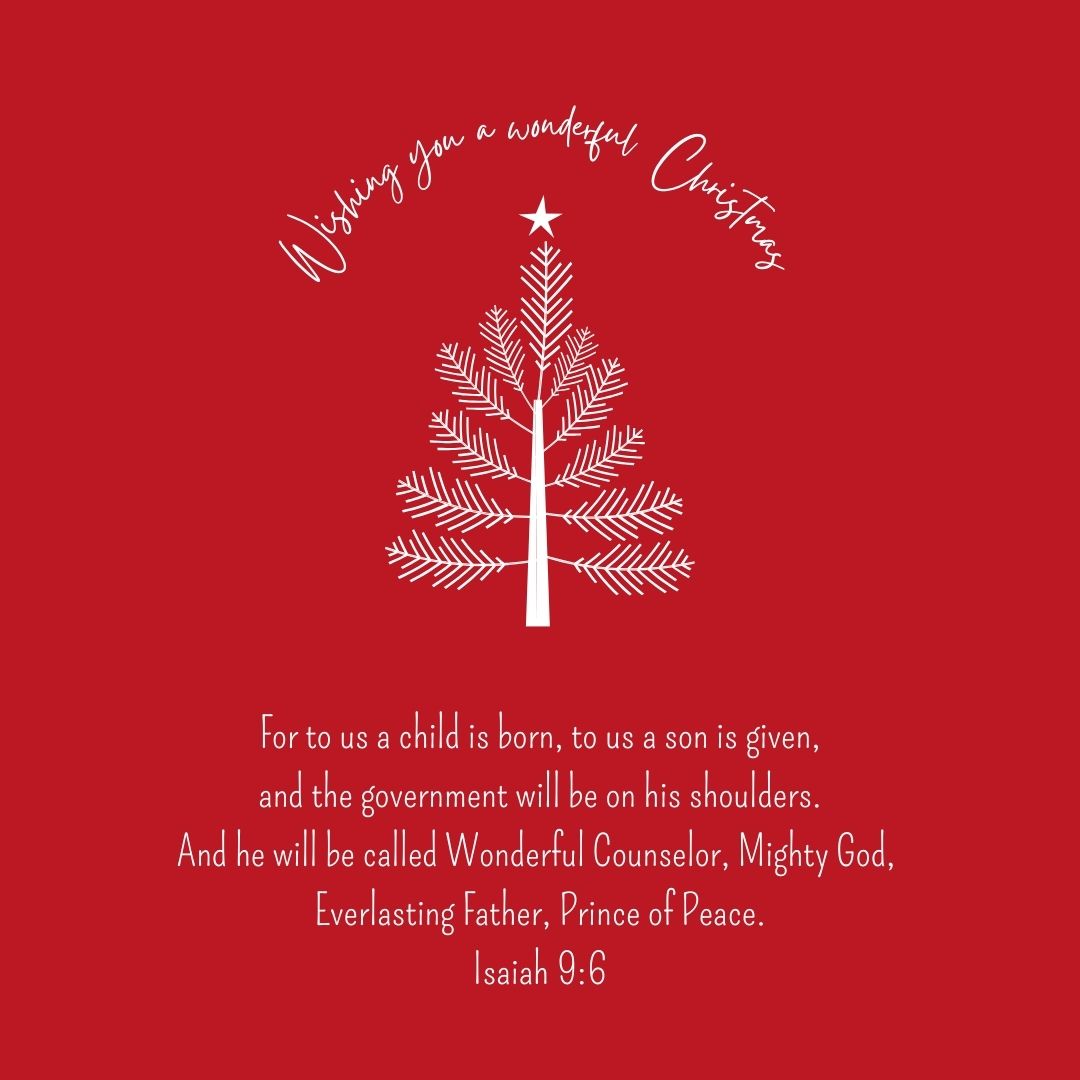
Isaiah 9:6 For to us a child is born, to us a son is given, and the government will be on his shoulders. And he will be called Wonderful Counselor, Mighty God, Everlasting Father, Prince of Peace.”
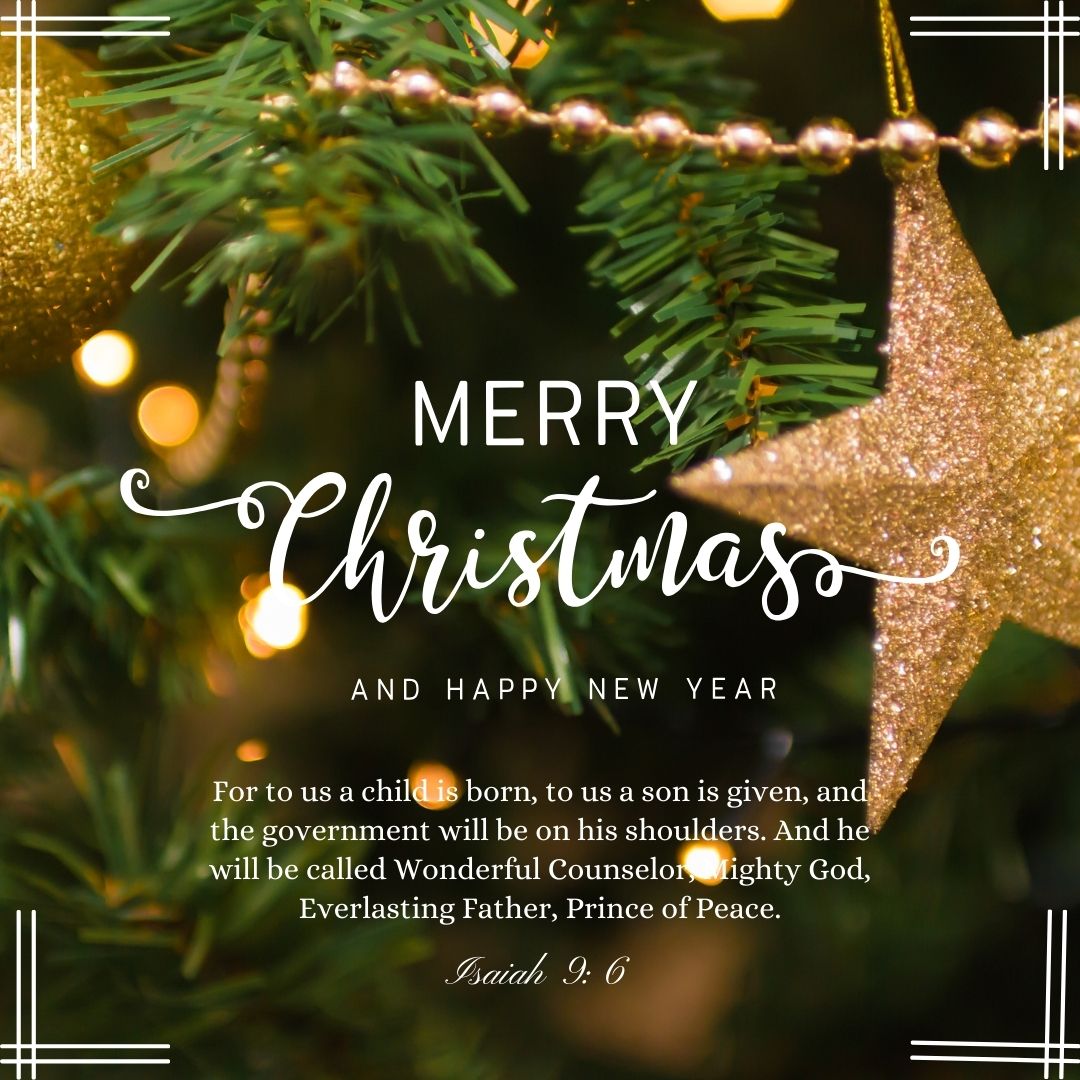
Isaiah 9:6 For to us a child is born, to us a son is given, and the government will be on his shoulders. And he will be called Wonderful Counselor, Mighty God, Everlasting Father, Prince of Peace.”
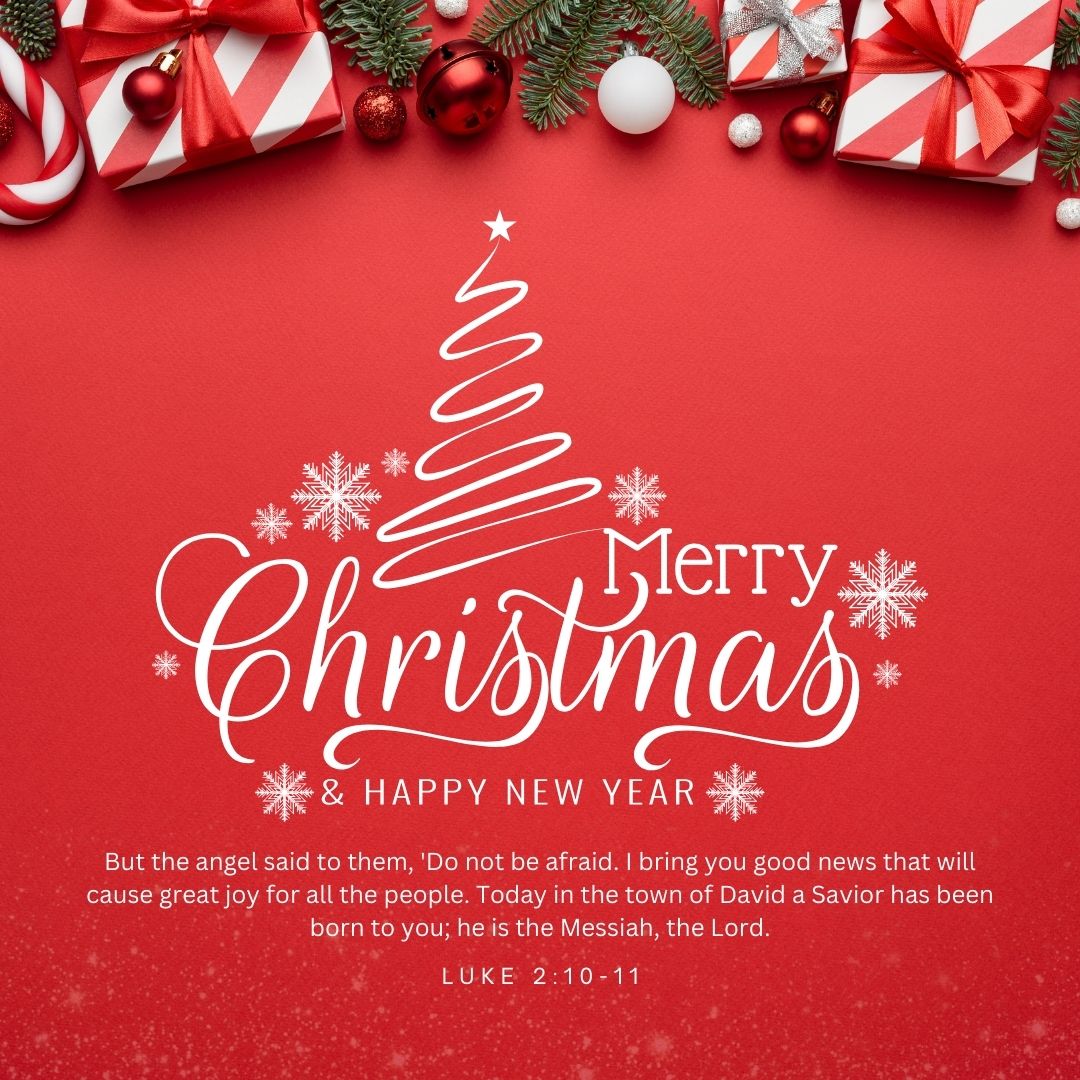
Luke 2:10-11 But the angel said to them, ‘Do not be afraid. I bring you good news that will cause great joy for all the people. Today in the town of David a Savior has been born to you; he is the Messiah, the Lord.'”
Eastern Christianity Difference
Eastern Christian churches, including prominent branches such as the Greek Orthodox and Russian Orthodox Churches, adhere to foundational traditions that set them apart from their Western counterparts. One of these distinctive practices revolves around the calculation of Easter Sunday—a central celebration within Christianity commemorating the resurrection of Jesus Christ. While both Eastern and Western Christian traditions share a common framework for determining the date of Easter, they diverge in terms of the calendars used for this purpose.
The Eastern churches opt for the Julian calendar, named after Julius Caesar who introduced it in 45 BC. This ancient timekeeping system is characterized by its simplicity but falls short in accuracy when compared to modern standards. On the other hand, Western Christianity has adopted the Gregorian calendar—devised by Pope Gregory XIII in 1582—as a more precise tool for marking time and organizing ecclesiastical events.
The reform was necessitated by noticeable discrepancies affecting significant liturgical observances, particularly Easter. The crux of this divergence lies not just in historical or technical details but also manifests annually through potential variations in celebrating one of Christianity’s most sacred occasions. Given that each tradition calculates dates based on different solar/lunar cycles due to their respective calendars—the Julian being slightly slower than its Gregorian counterpart—Eastern Christians may observe Easter Sunday on a distinct day from those following Western rites.
Despite these differences rooted deeply in history and celestial computations, there are instances where unity emerges across this divide; notably so when calculations converge upon a single date for Easter celebrations across both Eastern and Western Christendom.
An example highlighted is April 21st, 2024—an occasion promising synchronized rejoicings amidst varied liturgical landscapes reflecting centuries-old legacies intertwined with contemporary faith practices. This alignment serves as a poignant reminder: though methods may differ owing to theological interpretations or calendrical preferences spanning millennia—the essence remains bound by shared reverence towards pivotal moments encapsulating hope’s eternal spring.
Happy Easter Wishesh Images
Historical Context
The origins of Easter date determination can be traced back to the Council of Nicaea in 325 AD. So, the big idea was to nail down a single Easter date for all Christians. Before this, everyone celebrated on their own schedule.
Beyond the Formula: Traditions Around the World
Different Christian denominations celebrate the Easter season in unique ways. For example:
- Europe: Processions, egg decorating, and special Easter meals.
- North America: Hunting for Easter eggs, attending church services, and gathering with family.
- Latin America: Passion plays and fireworks displays.
- Eastern Europe (Orthodox): Emphasis on fasting and elaborate church services.
When is Easter in 2025? Discover the Date with Free Easter Date Calculator!
This comprehensive article delves into the signifi
26 March, 2025The Most Amazing 25 Inspiring Bible Quotes for New Beginnings in Life
Discover 25 inspiring Bible Quotes for New Beginni
25 March, 202520 Joyful Easter Wishes: Celebrating ‘Christ is Risen’ with Inspirational Bible Verses
Celebrate Easter with heartfelt wishes and uplifti
24 March, 202512 Inspiring Good Friday Images with Scripture to Reflect and Renew Your Faith
Explore 12 inspiring Good Friday images with scrip
23 March, 202525 Inspiring Palm Sunday Blessings: Beautiful Images and Uplifting Quotes to Celebrate the Day
Join us for Palm Sunday! Discover 25 inspiring ble
22 March, 2025The Power of Promising Bible Verses: Find Inspiration and Guidance
The Bible is filled with powerful verses that prov
21 March, 2025Encouraging Bible Verses for Every Journey
Life’s journey comes with ups and downs, but God’s
20 March, 2025Bible Verses for Financial Blessings: Unlocking God’s Promises of Provision
God wants His people to have financial stability a
19 March, 2025
The Significance of the Moving Date
The determination of Easter’s date each year is a fascinating blend of astronomy, history, and theology. Rooted in the lunar cycle, this variability reflects the ancient practice of aligning religious observances with celestial events. The decision to set Easter according to the phases of the moon harks back to its historical origins related to Passover.
According to Christian tradition, Jesus’ crucifixion and resurrection occurred around the time of Passover, an important Jewish festival that itself varies each year based on lunar calculations. This intricate method for determining Easter involves both solar and lunar calendars. Specifically, it falls on the first Sunday after the Paschal Full Moon—the ecclesiastical full moon that occurs on or soonest after March 21st (the vernal equinox).
This formula was established by the Council of Nicaea in A.D. 325 as a means for all Christians worldwide to celebrate on a unified date; however, differences between Western Christianity (which follows Gregorian calendar adjustments) and Eastern Christianity (which often uses Julian calendar dates) have led to variations in observance.
The concept of movable feasts—holidays whose dates change yearly—is not exclusive to Christianity but rather a phenomenon seen across various religions globally. These movable celebrations usually tie into natural cycles such as seasons or astronomical events which lend themselves naturally to reflecting upon life’s cyclical nature within spiritual contexts.
For instance: – In Islam, Ramadan moves through all four seasons over approximately 33 years due to its timing being determined by a purely lunar calendar without intercalation. – Judaism’s Sukkot is another example where agricultural cycles intersect with faith through celebration timed with harvest periods yet dictated ultimately by lunar positioning.
These practices highlight how many world religions maintain deep connections with natural rhythms while also allowing adherents space for reflection at different times throughout any given year—an aspect lending dynamism and continuous relevance throughout generations amidst changing climates and cultures.
Thusly understood, Easter exemplifies how temporal measurements can embody deeper theological significances: marking moments when human experiences touch upon transcendent realities informed simultaneously by scripture interpretation and observable phenomena like phases of our nearest celestial neighbor – enhancing appreciation for their complexity while fostering unity amongst diversity within global religious traditions.
The Mystery of the First Easter
We might not know when the first Easter bash kicked off, but what’s crystal clear is that this event ties believers together in a shared wave of happiness and deep respect.
So, what’s the deal with Easter dates? It’s all about this thing called the Paschal Full Moon and something known as the Metonic cycle. Because of these two factors, people celebrate Easter at different times around the world. Eastern and Western Christianity may occasionally differ in the date due to calendar variations, yet the spirit of Easter endures across borders and cultures.
Check out on which day Easter has been Celebrated in the Past 10 Years
| Year | Easter Sunday |
| 2014 | April 20 |
| 2015 | April 5 |
| 2016 | March 27 |
| 2017 | April 16 |
| 2018 | April 1 |
| 2019 | April 21 |
| 2020 | April 12 |
| 2021 | April 4 |
| 2022 | April 17 |
| 2023 | April 9 |
| 2024 | April 21 |
Check out on which day Easter will be Celebrate in the coming 10 Years
| Year | Easter Sunday |
| 2024 | March 21 |
| 2025 | April 20 (Note: This coincides with Orthodox Easter in 2025) |
| 2026 | April 5 |
| 2027 | March 28 |
| 2028 | April 16 |
| 2029 | April 1 |
| 2030 | March 24 |
| 2031 | April 13 |
| 2032 | April 4 |
| 2033 | March 26 |
*Day may be very…
In Conclusion, Easter’s date may change every year, but the core message remains the same – hope and new life. Despite the variations in dates and traditions, Christians worldwide unite in celebrating the essence of Easter. Whether it falls in late March or late April, Easter continues to inspire faith and renewal.











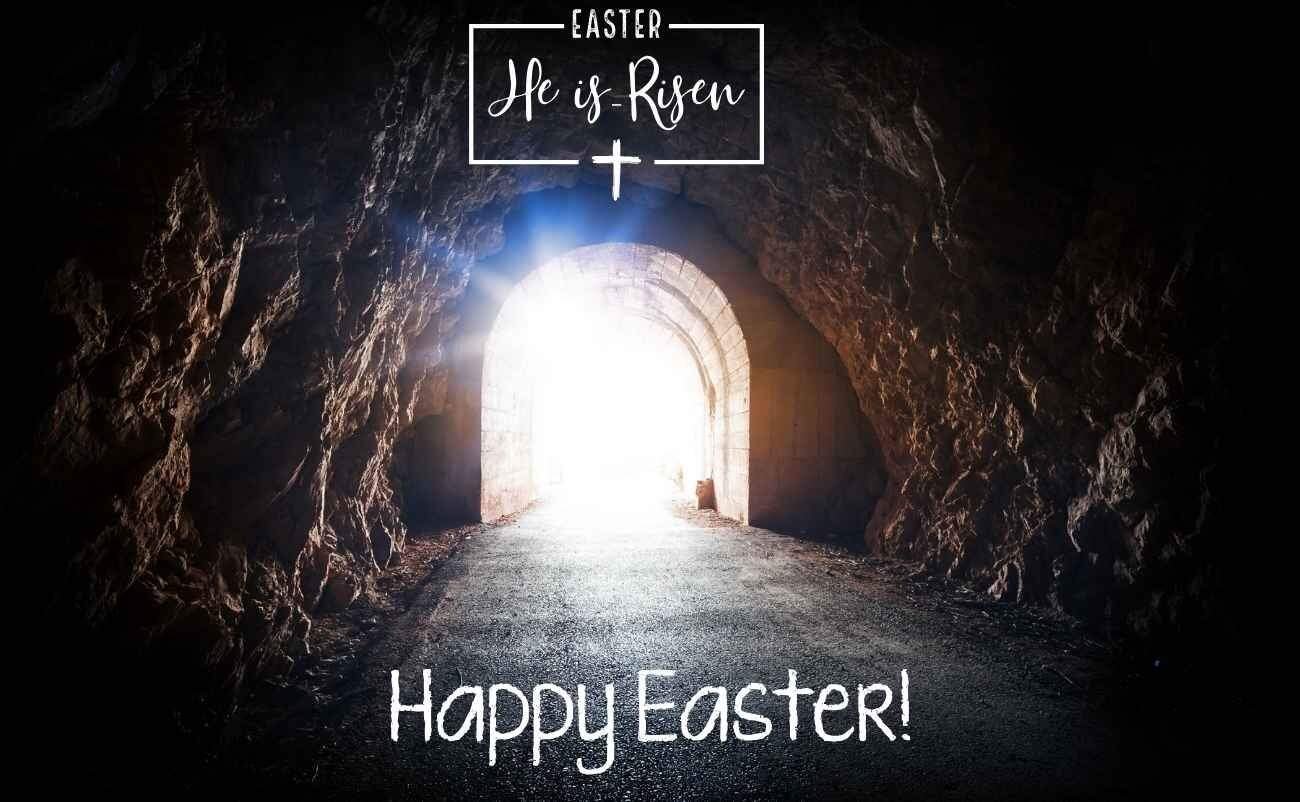






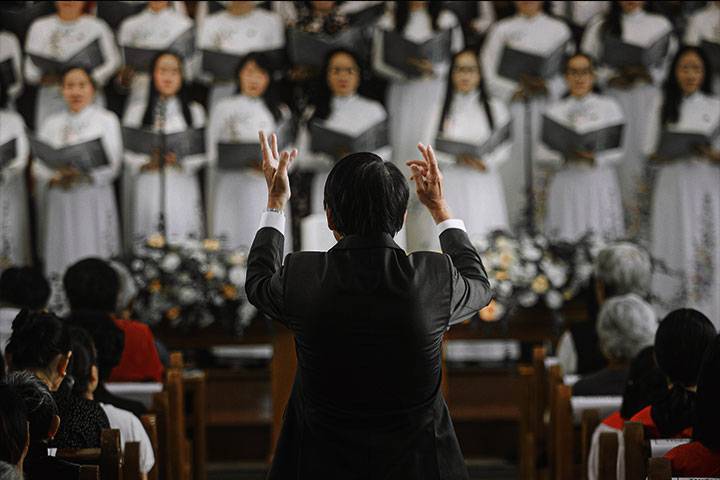

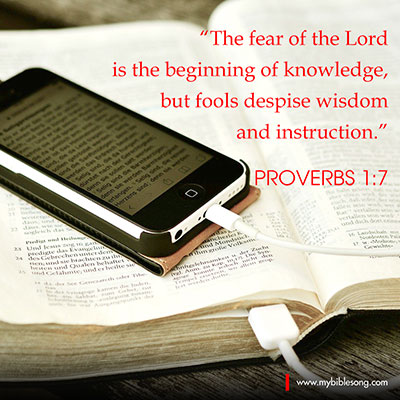


Jason Beale
Posted at 23:52h, 24 MarchI know not many people these days celebrate or even acknowledge Palm Sunday but I think it is worth doing something today. I think this world needs more faith and hope than ever before. We need to lean on Christ and praise God in every waking hour. Things are not looking good but a revival of God’s love will fix so many ills facing the world.